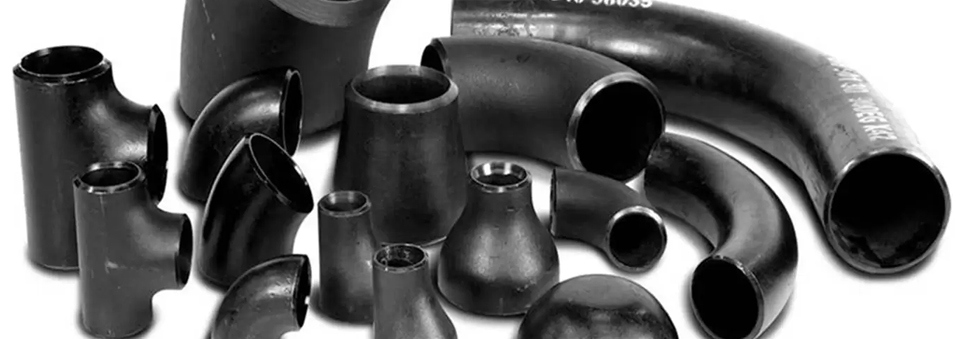Carbon Steel Buttweld Fittings Overview

Carbon steel buttweld fittings are pipe fittings made of carbon steel. They are used to connect pipes and pipe sections, and to change the direction or diameter of the pipeline. They are widely used in the oil and gas, power generation, and chemical industries. They are available in a variety of shapes and sizes, and can be customized to meet specific requirements. Carbon steel buttweld fittings are typically joined to pipes using a welding process, and they can be coated or treated to increase their resistance to corrosion. They are durable and strong, able to withstand high pressure and temperature. They are also relatively inexpensive compared to other types of pipe fittings.
There are several types of carbon steel buttweld fittings, including:
- Elbows (45 degree, 90 degree, and 180 degree)
- Caps
- Reducers (concentric and eccentric)
- Tee (equal and reducing)
- Crosses
- Stub ends
- Collars
- Laterals
- Return bends.
There are several grades of carbon steel that can be used to make buttweld fittings, including:
- ASTM A234 WPB: This is the most commonly used grade of carbon steel buttweld fittings. It is a standard grade for moderate to high-temperature services.
- ASTM A420 WPL6: This grade is used for low-temperature services and has a higher yield strength than ASTM A234 WPB.
- ASTM A860 WPHY 42, 46, 52, 60, 65, 70: This grade is used for high-yield strength, high-temperature services.
- ASTM A860 WPHY 46: This grade is used for high-yield strength, high-temperature services.
It is important to choose the right grade of carbon steel for the specific application and environment where the buttweld fittings will be used. Consult with a professional engineer for more specific recommendations.